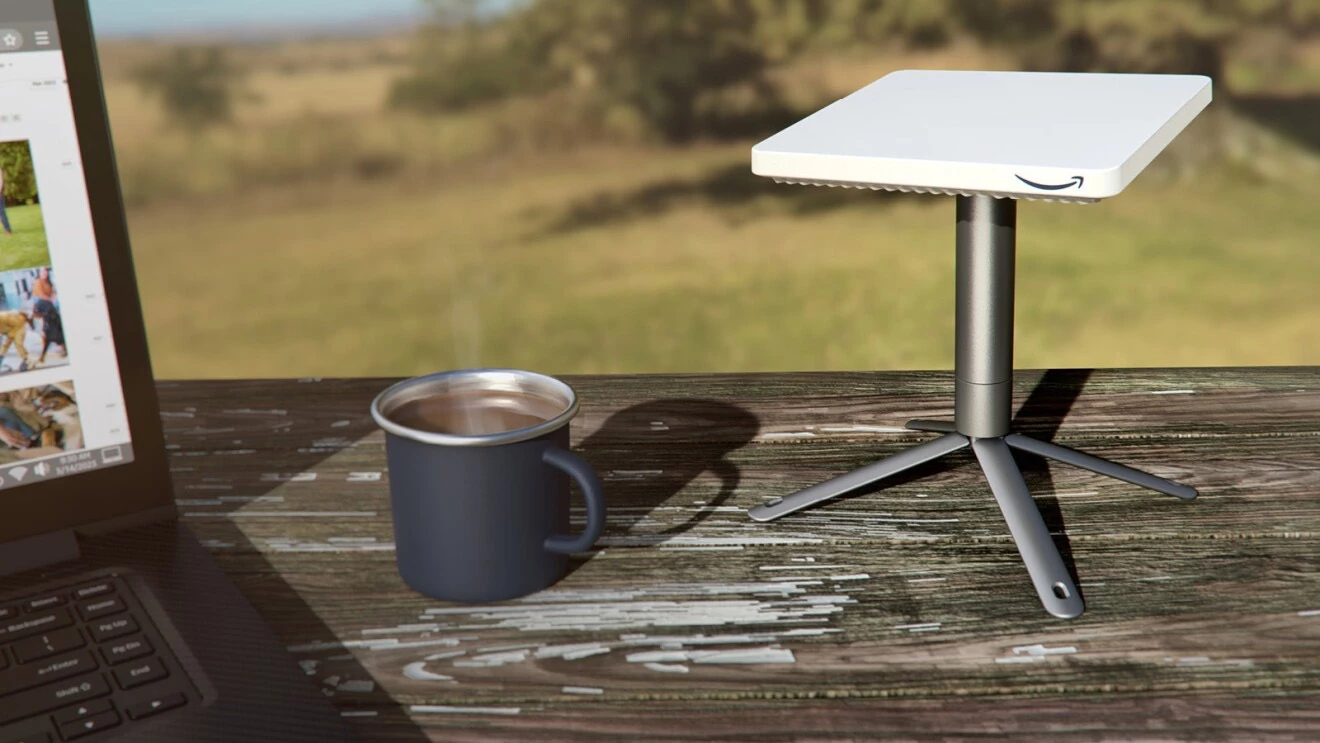Amazon is launching 27 satellites into Low Earth Orbit (LEO) next week, kicking off its years-in-the-making plan to set up a massive constellation and deliver internet access anywhere on the globe – similar to SpaceX’s Starlink service.
As part of the company’s Project Kuiper initiative, this will be the first batch of more than 3,200 satellites it plans to deploy via 80 and some launches over the next few years.
Amazon previously launched and tested two prototype satellites back in October 2023. This time around, the satellites are being sent into space aboard a United Launch Alliance (ULA) Atlas V rocket from Florida’s Cape Canaveral Space Force Station.
Subsequent launches will see the company launch satellites via rockets from founder Jeff Bezos’ Blue Origin, as well as rivals Arianespace and SpaceX. That last choice is interesting, given this new satellite internet service will compete with SpaceX’s wholly owned and well-established subsidiary.
Amazon noted that its new satellites are “coated in a dielectric mirror film unique to Kuiper that scatters reflected sunlight to help make them less visible to ground-based astronomers.” That could help avoid muddying the quality of the data sets collected by astronomers observing celestial bodies. SpaceX did something similar back in 2020 with its Starlink constellation too.

Amazon
You’ll likely spend somewhere around the sub-US$400 production cost for Amazon’s 7-inch satellite dish to receive 100-Mbps speeds, but it isn’t yet clear what your monthly bill will come to. For reference, a Starlink setup in California will cost you just under $485, inclusive of the hardware and the first monthly service fee of $120.
Once the retail giant has enough satellites flying around 280 miles (450 km) above Earth, you’ll have two multibillionaire-operated internet providers to choose from for your connectivity needs.
Source: Amazon